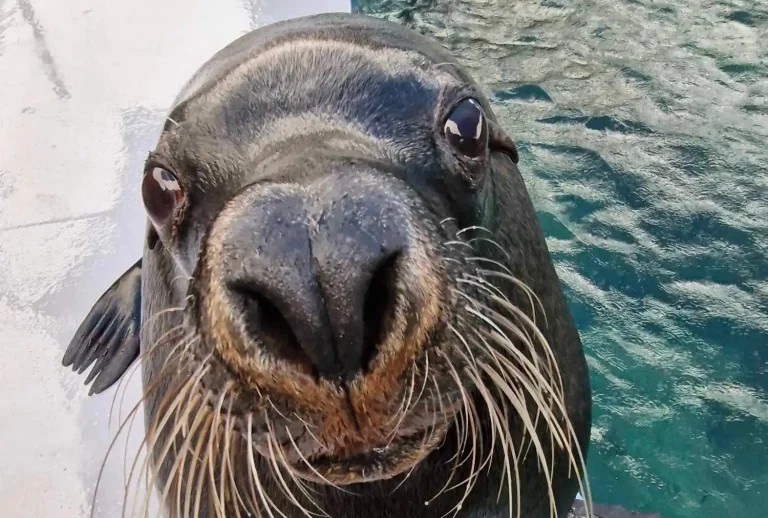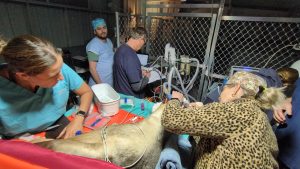1 Oct 2025
The ventilator is said to be a world-first in marine mammal anaesthesia.

Both seal lions are recovering well.
A novel ventilator for marine mammals has enabled a pair of endangered Australian sea lions to undergo “landmark” cataract surgery.
The ventilator, developed by veterinary anaesthesia experts Darvall, is a compact, portable innovation designed to replicate diving mammals’ unique breathing patterns to maintain safe and stable anaesthesia during complex procedures.
It enabled vets to perform cataract surgery on sea lions Miri and Ozzie (a 60-kilo female and 200-kilo male, respectively) at Coffs Coast Wildlife Sanctuary (CCWS) in New South Wales.
CCWS managing director Tiga Cross said: “It was a privilege to be part of a world-first.
“Cataract surgery in sea lions is a massive risk, but Darvall’s ventilator proved safer, simpler, quieter and more portable than anything we’ve used before.
“This gives our animals the best chance, and it’s exciting to think this one-of-a-kind machine could help other marine animals around the world.”
Both animals are said to have enjoyed a smooth recovery with improved vision and quality of life.
The procedures were led by an international team of veterinary ophthalmology and marine mammal anaesthesia experts, in collaboration with CCWS staff and technical specialists from SeaWorld.

Age-related eye disease is said to be increasingly common in sea lions living in captivity due to their longer lifespans.
Around the size of a backpack, Darvall’s new ventilator is said to reduce inhalant anaesthetic use by up to five times compared with bulkier, more traditional equipment which use high volumes of compressed gas.
As a result, the ventilator reduces both the environmental impact and operational cost of such procedures.
Darvall founder and chief executive Colin Dunlop said: “Having a system that can both mimic the natural breathing cycle of marine mammals and run independently off bottled driving gas represents a step change.
“The new ventilator makes these high-risk procedures safer, more sustainable and far more accessible.”